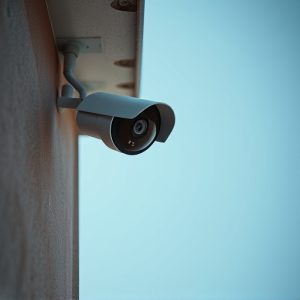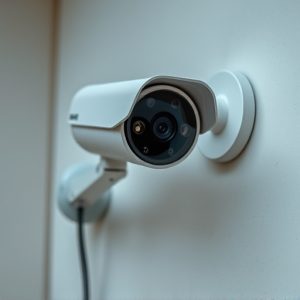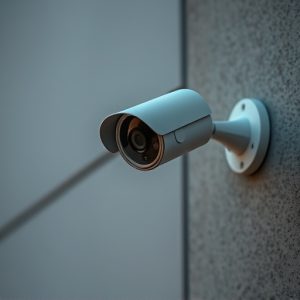Mastering Hidden Security Cameras: Installation Strategies for Discretion
Hidden security cameras, integrated into everyday items like smoke detectors or picture frames, offe…….
Hidden security cameras, integrated into everyday items like smoke detectors or picture frames, offer discreet 24/7 monitoring without alerting individuals. Using infrared tech and low-light sensors, these devices capture clear video and audio in dark areas. Footage can be stored locally or transmitted wirelessly for real-time access from smartphones or computers. Installation tips include placing cameras in unobtrusive locations with clear line-of-sight, avoiding common areas, and configuring motion-activated recording, night vision, and remote access via a secure app. Regularly review footage and match lighting conditions to surroundings for an effective invisible security system.
Uncover the power of discretion with hidden security cameras—a silent guardian in your home or business. This comprehensive guide explores the fundamentals of these covert surveillance systems, offering insights into their technology, benefits, and ethical considerations. Learn how to strategically place and utilize these devices for enhanced security without compromising privacy. Discover the art of installation, from selecting the perfect spots to ensuring optimal footage, making your space safer and more secure.
Understanding Hidden Security Cameras: The Basics
Hidden security cameras, also known as covert or concealed cameras, are a discrete way to monitor indoor spaces. These devices are designed to be unnoticeable, blending seamlessly into their surroundings, allowing for round-the-clock surveillance without alerting those being watched. They can take various forms, from small, unassuming cameras disguised as everyday objects like smoke detectors, potted plants, or light bulbs, to more advanced models built into mirrors or picture frames.
The basic functionality involves capturing video and audio through infrared technology or low-light sensors, which enable clear images even in dark or poorly lit areas. Footage can be stored locally on an internal memory card or transmitted wirelessly to a monitoring system, allowing users to access real-time or recorded footage from their smartphones or computers. This technology is often employed for home security, business surveillance, and loss prevention, offering peace of mind and enhanced security by providing visual evidence in case of suspicious activities.
Strategies for Discreetly Installing and Utilizing Hidden Cameras
When installing a hidden security camera, discretion is key. Place the camera in an unobtrusive location that offers clear line-of-sight to the area you want to monitor while remaining invisible to potential intruders. For example, mounting it behind a mirror or inside a decorative object can provide both coverage and camouflage. Avoid areas where people commonly gather, such as living rooms or kitchens, to prevent detection. Opt for locations like stairwells, hallways, or less frequented rooms.
To utilize the hidden camera effectively, configure it with features that enhance its discretion. This might include motion-activated recording, night vision capabilities, and remote access through a secure app. Ensure the camera blends seamlessly into the environment by adjusting lighting conditions around it to match the surroundings. Regularly review footage to ensure the camera captures the intended areas without raising suspicion. By combining strategic placement with advanced features, you can create an invisible security system that provides peace of mind without compromising aesthetics.


